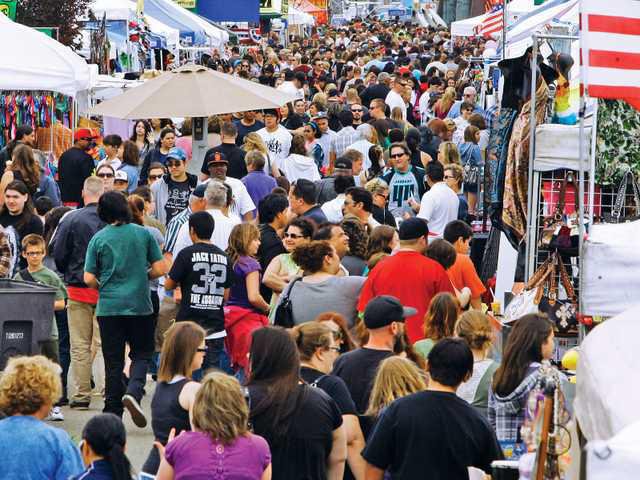Those who identify themsleves as Hispanic now constitute the largest percentage of San Joaquin County’s population.The 2010 Census shows that 38.9 percent of the county’s 685,306 residents as of April 1, 2010 were Hispanic or Latino compared to 35.9 percent identified as white. Asians were the next largest block at 13.8 percent followed by blacks at 7.1 percent.There are now roughly 20,000 more people who identify themsleves as Hispanic than those who are white in San Joaquin County.A study by the University of Pacific Business Forecast Center identifies the surge in Hispanic population as “the most significant demographic shift in San Joaquin County over the past decade.”The report indicates this is significant for two reasons.•Women of Hispanic or Latino ethnicity generally have higher fertility rates across all child-bearing age groups than non-Hispanic woman. That means the county will continue to see a positive rate of natural population growth.•San Joaquin County will remain younger than most other California counties as the state’s population ages and fertility rates continue to decline.In 2000, the white portion of the county’s population stood at 47 percent.
Hispanics largest SJ population
Ethnic group grows by 55% since 2000 Census



